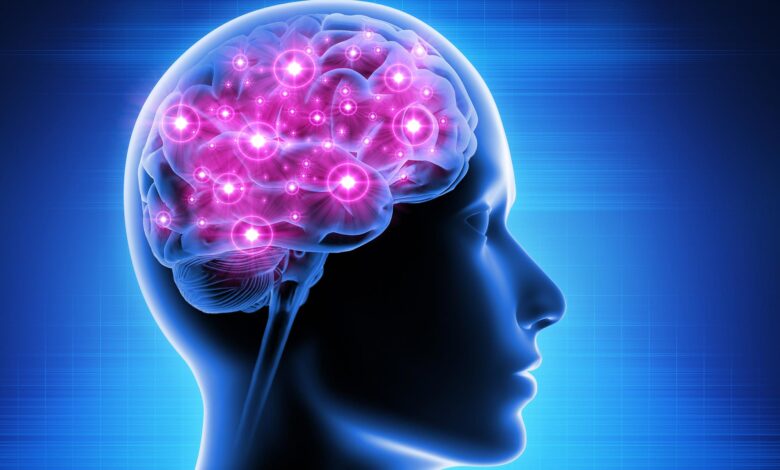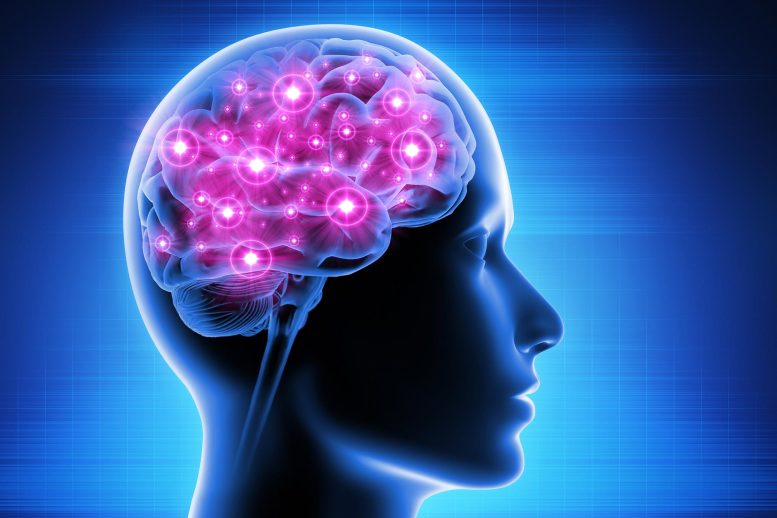Dartmouth Scientists Have Created a New Template of the Human Brain


Dartmouth researchers have introduced a new brain template, “OpenNeuro Average” (onavg), enhancing the accuracy and efficiency of neuroimaging data analysis. This development promises to significantly impact cognitive and clinical neuroscience research, facilitating studies on brain functions and disorders.
The updated cortical surface template enhances the mapping of brain activity.
The human brain plays a vital role in managing essential functions such as perception, memory, language, cognition, consciousness, and emotions.
To understand how the brain works, scientists often use neuroimaging to record participants’ brain activity when the brain is performing a task or at rest. Brain functions are systematically organized on the cerebral cortex, the outer layer of the human brain. Researchers often use what is called a “cortical surface model” to analyze neuroimaging data and study the functional organization of the human brain.
Each brain has a different shape. To analyze neuroimaging data of multiple individuals, researchers need to register the data using the same brain template, which enables the identification of the same anatomical location on different brains, even though brains have different shapes. These locations are known as “vertices.”
Over the past 25 years, there have been several iterations of such templates, and the most commonly used cortical surface templates today are based on data collected from 40 brains.
Introduction of the “OpenNeuro Average”
Now, Dartmouth researchers have created a new cortical surface template called “OpenNeuro Average,” or “onavg” for short, which provides greater accuracy and efficiency in analyzing neuroimaging data.
The findings are published in Nature Methods.
“Our cortical surface template, onavg, is the first to sample different parts of the brain uniformly,” says lead author Feilong Ma, a postdoctoral fellow and member of the Haxby Lab in the Department of Psychological and Brain Sciences at Dartmouth. “It’s a less biased map that is more computationally efficient.”
The team built the template based on the cortical anatomy of 1,031 brains from 30 datasets in OpenNeuro, a free and open-source platform for sharing neuroimaging data. According to the co-authors, it is also the first cortical surface template based on the geometric shape of the brain.
In contrast, previous templates sampled different parts of the cortex unevenly and were based on a sphere-like shape to define the location of cortical vertices, which resulted in biases in the distribution of vertices.
With the onavg template, less data is required for analysis.
“It’s very expensive to obtain data through neuroimaging and for some clinical populations— such as if you’re studying a rare disease—it can be difficult or impossible to acquire a large amount of data, so the ability to access better results with less data is an asset,” says Feilong. “With more efficient data usage, our template can potentially increase the replicability and reproducibility of results in academic studies.”
Broader Implications and Contributions
“I think that onavg represents a methodological advancement that has broad applications across all aspects of cognitive and clinical neuroscience,” says co-author James Haxby, a professor in the Department of Psychological and Brain Sciences and former director of the Center for Cognitive Neuroscience at Dartmouth.
He says their cortical surface template could be used for studies on vision, hearing, language, and individual differences, as well as on disorders such as autism and neurodegenerative diseases like Alzheimer’s and Parkinson’s.
“We think it’s going to have a broad and deep impact in the field,” says Haxby. Jiahui Guo, a former postdoctoral fellow in psychological and brain sciences and assistant professor in the School of Behavioral and Brain Sciences at the University of Texas at Dallas, and Maria Ida Gobbini, an associate professor in the Department of Medical and Surgical Sciences at the University of Bologna, also contributed to the study.
Reference: “A cortical surface template for human neuroscience” by Ma Feilong, Guo Jiahui, Maria Ida Gobbini and James V. Haxby, 16 July 2024, Nature Methods.
DOI: 10.1038/s41592-024-02346-y



